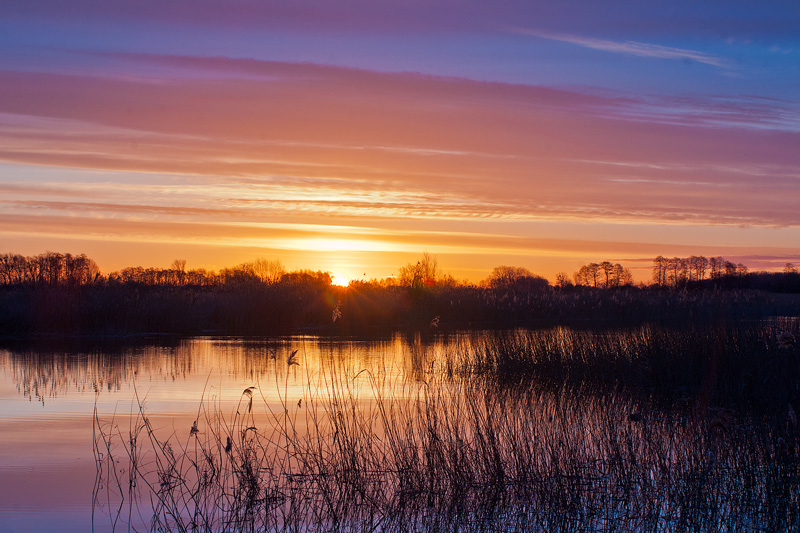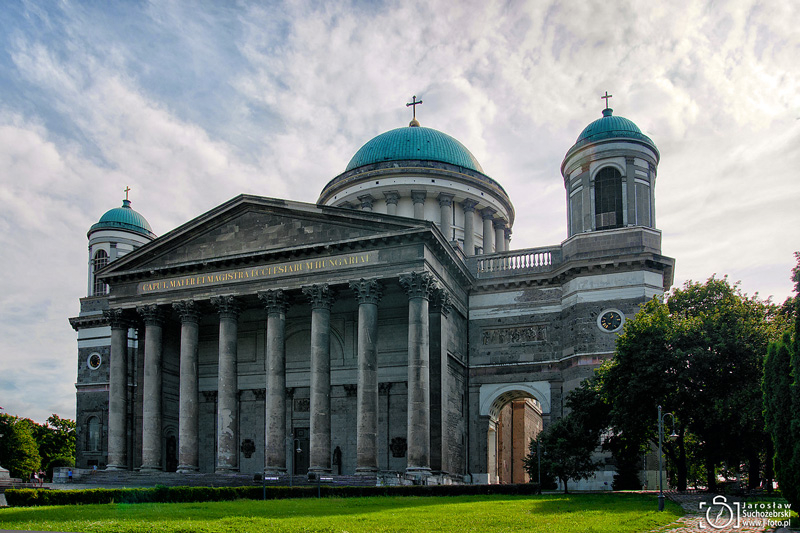Fishponds in Kraśnicza Wola - International Bird Refuge

Fishponds in Kraśnicza Wola (Mazovia region, Poland) are the piece of the "Rozłogi" wilderness. Along with the surrounding areas of agricultural and forest are part of an international bird refuge (IBA) with an area of about 1300 ha. Ponds were created in the 30s of the 19th century. The last time the fish were bred here in 1995, since then not carried out maintenance of ponds, water structures underwent devastation, some heavily overgrown ponds and shows a high degree of naturalness. Abandoning fish breeding was due to regular water shortages during the summer months and the escalating of poaching. Despite the small area, the fishponds are an important place for birds and amphibians. If you keep silence, you can hear birds In their natural environment, herds of geese and cranes (e.g. white-fronted goose, bean goose and the golden plover). The total concentration of wetland birds during the time of migration of birds date back to 20000. Wilderness "Rozł...















